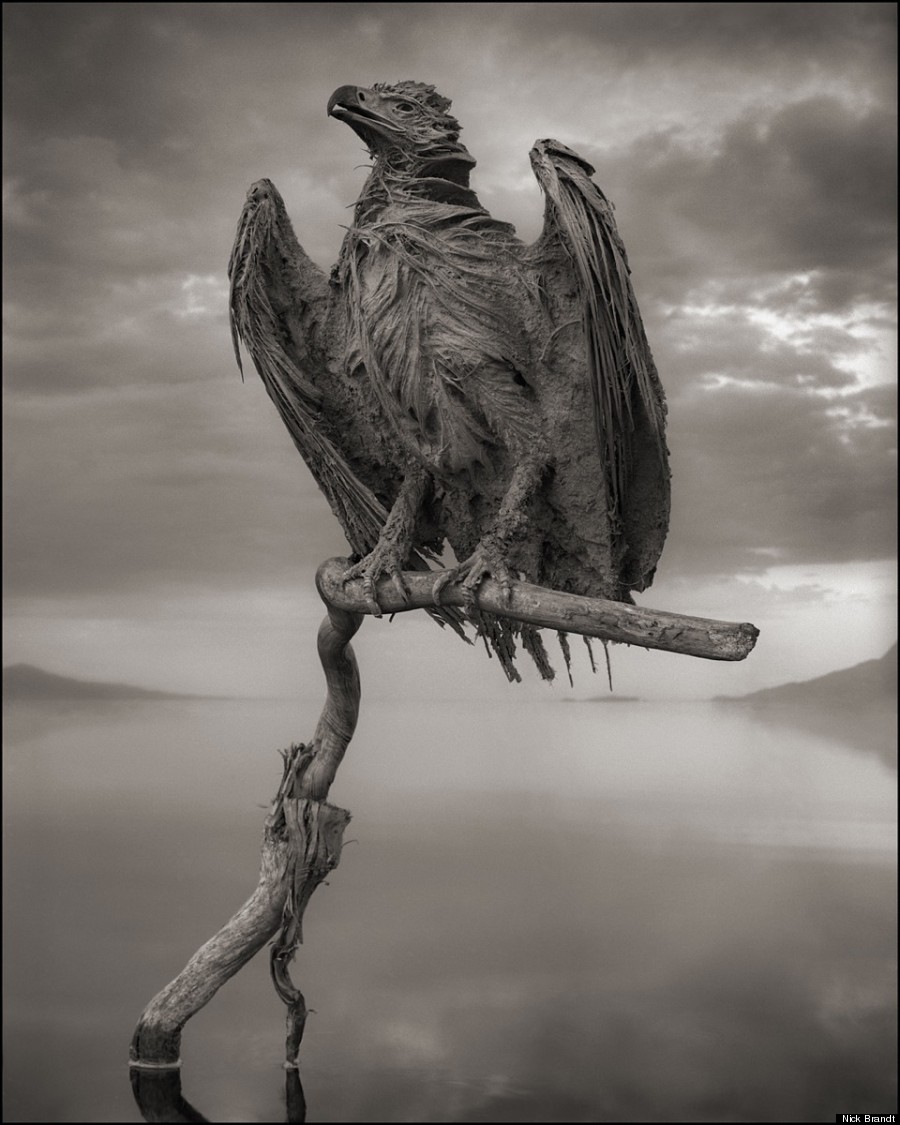

However, during the wet season (November to May) the afternoon thundershowers are often expected. See this unique lake and the Natron area, which provides spectacular sites: from flats to escarpments, to volcanoes.Īnytime – the weather is always warm. It is a safe breeding place for these birds, since no predators come to this unfriendly terrain. Surprisingly, this lake is a habitat for flamingos, that nest here and feed on red algae despite the alkaline water. The color varies from orange to red, to pink and is produced by the bacterias and other microorganisms.

A very shallow salt lake is very dangerous for those, who are not adjusted: the temperature can reach 60✬ and its ph level is 10! However, its rare red color makes Lake Natron a very unique and beautiful destination, which can be compared only to Laguna Colorada found in Bolivia. The target=''blank uniqueness of Lake Natron prompted Tanzania to add the lake to the Ramsar List of Wetlands of International Importance on July 4, 2001.Lake Natron, Tanzania. Depending on rainfall, its alkalinity can approach that of straight ammonia, and when the lake is flooded with water that has heated underground, its temperature can reach a scalding 60 degrees Celsius (140 degrees Fahrenheit). Flamingoes must exercise caution, however, because the lake can turn deadly even to them. This forbidding environment enables Lake Natron to serve millions of flamingoes as the ideal nursery would-be predators avoid the saline lake and leave young birds in peace. Volcanic ash from the Great Rift Valley has collected in local lake basins, creating a network of soda lakes hostile to most organisms. The salt crust changes over time, giving the lake a slightly different appearance each time it is photographed by astronauts or imaged by satellites. This image simulates natural color, showing where the salt-loving microorganisms have colored the lake's salt crust red or pink. The Advanced Spaceborne Thermal Emission and Reflection Radiometer (ASTER) flying on the Terra satellite captured this image on March 8, 2003.

Spirulina, a blue-green algae with red pigments, passes its pigments along to the target=''_blank Lesser Flamingoes that feed on the algae and raise their young here. An endemic species of fish, the alkaline tilapia, lives along the edges of the hotspring inlets, and the lake actually derives its color from salt-loving microorganisms that thrive in its alkaline waters. This bright red lake is the world's most caustic body of water, but not to everything. Lake Natron, in Africa's Great Rift Valley, practically sends a warning with its color.


 0 kommentar(er)
0 kommentar(er)
